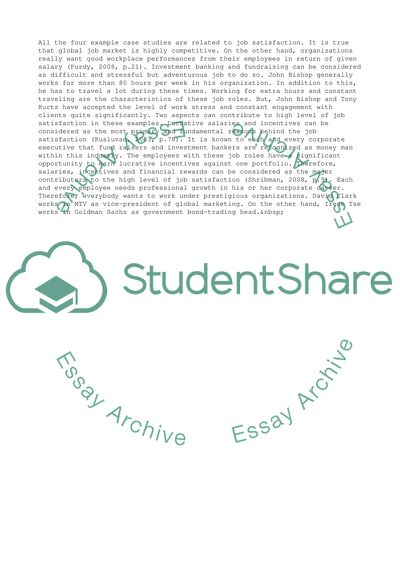Cite this document
(“Effective Employee Job Satisfaction Essay Example | Topics and Well Written Essays - 2750 words”, n.d.)
Effective Employee Job Satisfaction Essay Example | Topics and Well Written Essays - 2750 words. Retrieved from https://studentshare.org/management/1664797-case-study-061
Effective Employee Job Satisfaction Essay Example | Topics and Well Written Essays - 2750 words. Retrieved from https://studentshare.org/management/1664797-case-study-061
(Effective Employee Job Satisfaction Essay Example | Topics and Well Written Essays - 2750 Words)
Effective Employee Job Satisfaction Essay Example | Topics and Well Written Essays - 2750 Words. https://studentshare.org/management/1664797-case-study-061.
Effective Employee Job Satisfaction Essay Example | Topics and Well Written Essays - 2750 Words. https://studentshare.org/management/1664797-case-study-061.
“Effective Employee Job Satisfaction Essay Example | Topics and Well Written Essays - 2750 Words”, n.d. https://studentshare.org/management/1664797-case-study-061.


